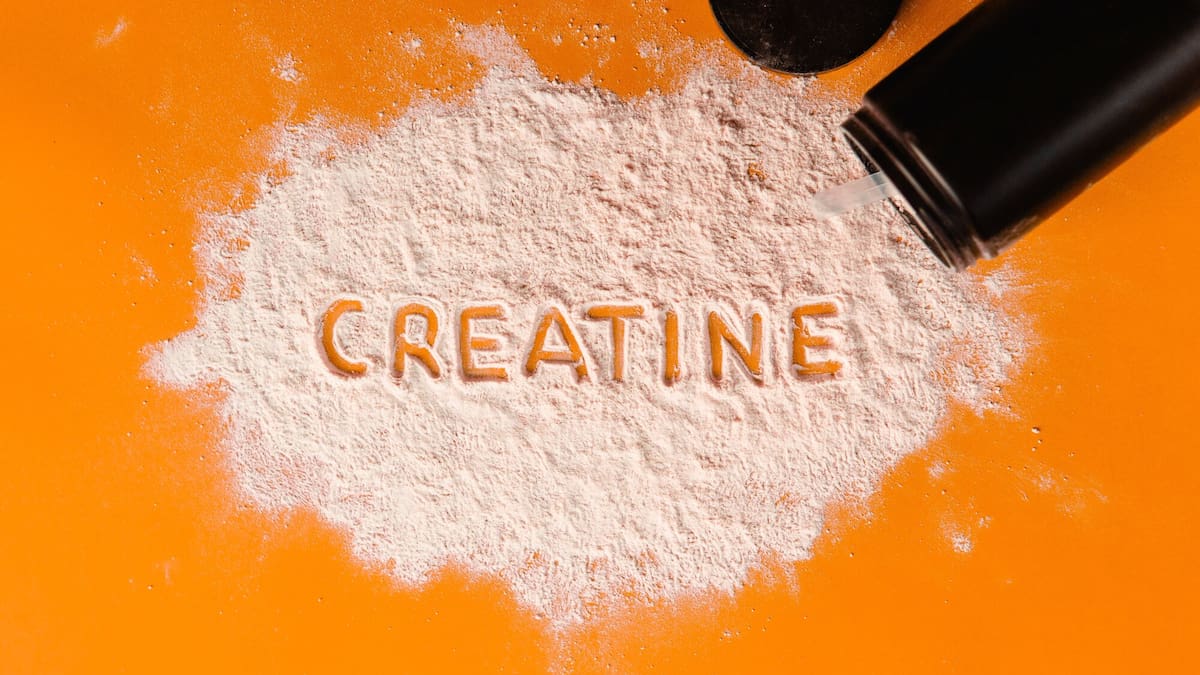“This is why creatine is so sought after in exercise and athletic performance.”
But she says that association can put some women off from taking it.
“When I talk to most of my clients about creatine, their main concern is becoming ‘bulky’.”
The reality is that increasing muscle mass takes a lot of effort – and is actually something women should work on as they age.
Registered nutritionist and founder of Elo Wellbeing Emma Wylie. Photo / Supplied
“Creatine alone isn’t going to do this, and as women, we shouldn’t be scared of building muscle. Muscle is what’s going to keep us healthy and walking around well into later life, give us muscle tone and helps us keep a healthy metabolism,” Wylie says.
Women naturally produce less creatine than men, and Wylie suggests they may benefit even more from supplementing it.
“Research shows we actually achieve greater performance improvements from supplementing than men.”
Outside the gym, women might find creatine has an added impact when taken after menopause, Wylie says.
“Progesterone is a hormone produced predominantly in ovulation, so post-menopausal women no longer have the same level of exposure to this hormone,” she explains.
“Progesterone plays a role in building muscle tissue, so supplementing with creatine may help buffer this hormonal effect.”
It’s not just our muscles that can benefit from creatine at this stage of life, but also our brains.
Wylie says studies show that creatine is beneficial for cognitive health and mood, and greater effects have been seen in females, especially post-menopausal women, because of the increased inflammation exposure of the brain at this life stage.
Citing recent research, Wylie says, “Creatine has been shown to support women with major depressive disorder in improving mood and remission from depression twice as fast as the control group when taking 5g creatine daily alongside their medication.”
New Zealand registered nutritionist Claire Turnbull agrees creatine can benefit both men and women.
New Zealand registered nutritionist Claire Turnbull.
“As well as the proven benefits when it comes to strength and recovery, there is increasing interest in the role creatine has on brain and bone health,” she says.
“It is the most highly researched of all supplements and for most people is safe to use.”
It’s found in animal products like poultry, red meat and fish, but in relatively low amounts – so what’s the best form to take it in?
“A 100% creatine monohydrate powder is the most effective way to supplement creatine,” Wylie says.
“For the everyday user, taking 5g daily [consistently] is plenty to achieve creatine saturation, meaning the muscle tissue has its fill of creatine, after around a week.”
“Creatine monohydrate powder is the form that has been more tried and tested,” Turnbull says, adding that it tends to be cheaper than other forms.
“Gummies can be tasty and convenient, but there have been concerns about how consistent the doses are in a single gummy.”
It can take time to notice any changes from taking creatine – consistency is key.
“If you are interested, there is no harm in trying it at the recommended dose of 3-5g daily and seeing if you notice any differences, although you will need to be patient as results aren’t instant,” Turnbull notes.
“Some people struggle with water retention initially, and digestive issues, so this is just something to keep in mind.”

